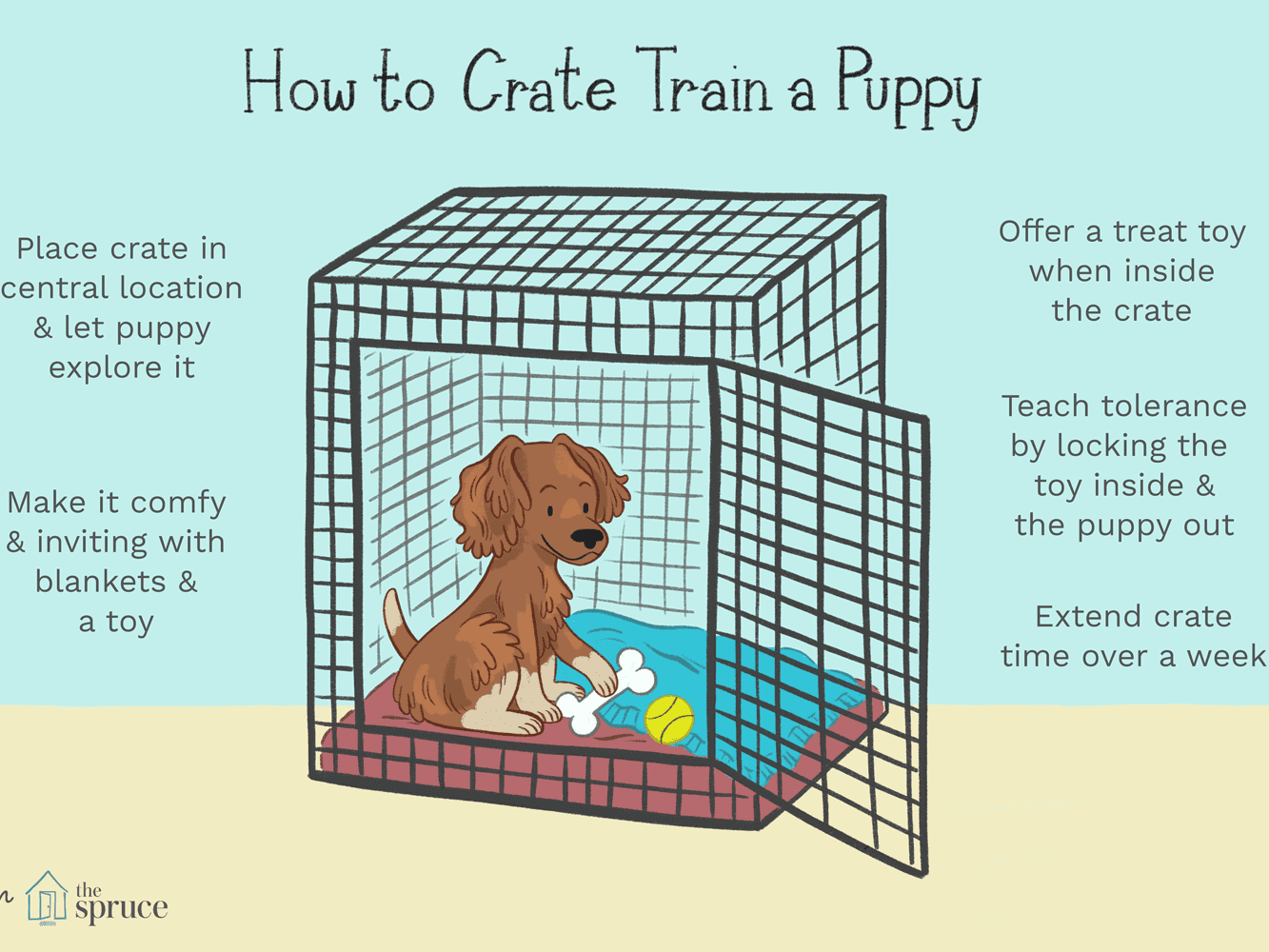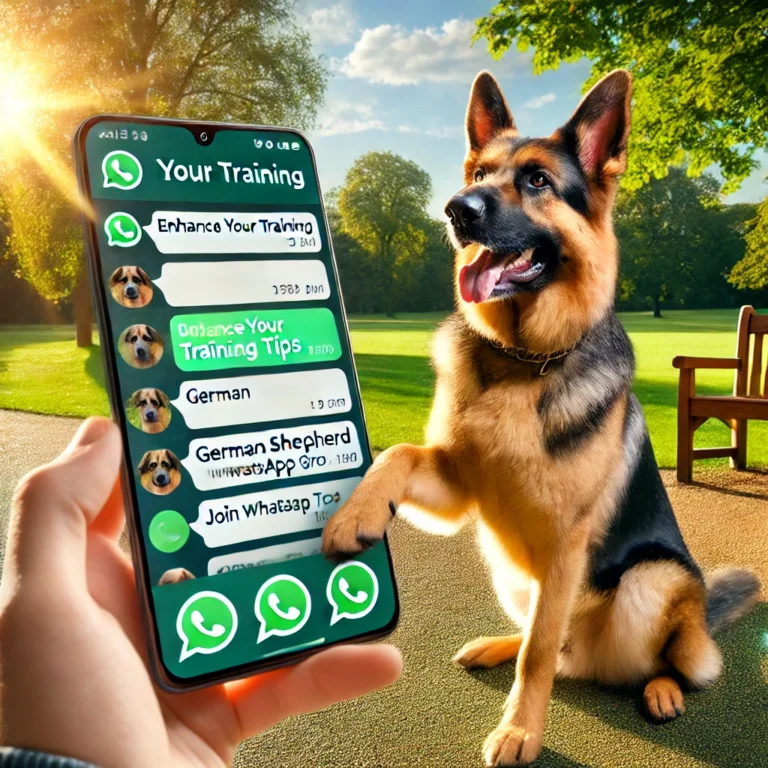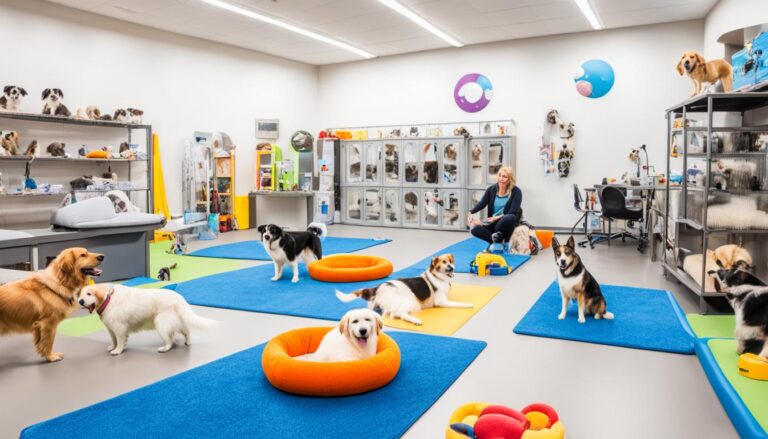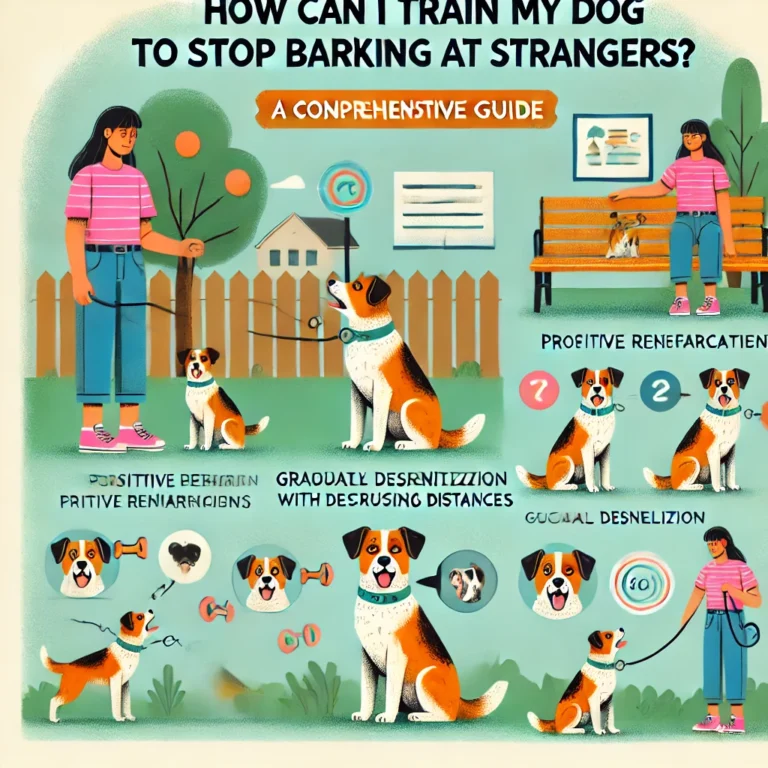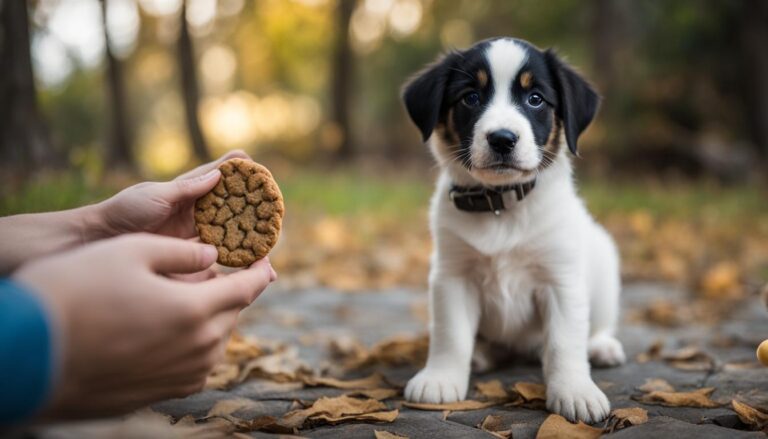Crate Training Tips: A Friendly Guide to Happy Pups
Crate training is a great way to give your dog a safe space and make house training easier. Many pet owners find it helpful, but it can seem tricky at first. Crate training your dog in easy steps can lead to a happier, more confident pet.
We’ll guide you through the process of crate training, from picking the right crate to making it a cozy spot your dog loves. With patience and the right approach, most dogs learn to enjoy their crate. It becomes their den – a place to relax and feel secure.
Remember, crate training takes time. Every dog is different, so be patient and adjust your approach as needed. We’ll share tips to help you and your furry friend succeed.
Key Takeaways
- Choose the right size crate and make it comfy for your dog
- Use treats and toys to create positive crate experiences
- Be patient and consistent with your crate training routine
Getting Started with Crate Training
Crate training can be a great way to keep your dog safe and comfortable. We’ll show you how to pick the right crate and help your pup feel at home in it.
Choosing the Right Crate
Picking the perfect crate is key. We need to think about your dog’s size and age. For puppies, get a crate they can grow into. Block off extra space at first.
Crates come in different types. There are metal pens, plastic ones, and fabric options. Metal crates are sturdy and easy to clean. Plastic crates are good for travel. Fabric crates work well for calm, trained dogs.
Make sure the crate is big enough. Your dog should be able to stand up, turn around, and lie down comfortably. But it shouldn’t be too big, or they might use one end as a bathroom!
Crate size matters for potty training. A cozy space helps puppies learn to hold it.
Introducing Your Dog to the Crate
Let’s make the crate a happy place! Put it somewhere your dog spends time, like the kitchen. Leave the door open and toss in some treats.
Never force your pup inside. Let them explore at their own pace. When they go in, praise them and give more treats.
Start with short periods. Put your dog’s favorite toy or blanket inside. Feed meals near the crate, then inside with the door open.
Slowly increase crate time. Stay nearby at first. Leave for short trips, then longer ones.
Remember, puppies can’t hold it as long as adult dogs. Young pups might need potty breaks every few hours.
Be patient. Some dogs take to the crate quickly, others need more time. With love and treats, your pup will soon see their crate as a cozy den!
Mastering Crate Training
Crate training is a great way to give your dog a safe space. We’ll show you how to make it a positive experience and set up a routine your pup will love.
Creating a Positive Crate Environment
To make the crate a happy place, we need to focus on positive associations. Let’s start by putting comfy blankets or towels inside. This makes it cozy and den-like.
Next, we’ll add some safe toys. Chew toys or puzzle toys with treats inside work well. They keep your dog busy and happy.
We can also make the crate extra special with treats. Try smearing some peanut butter on a toy or hiding treats inside. This gives your pup a reason to go in and explore.
Remember, we never want to use the crate as punishment. It should always be a good place to be.
Establishing a Crate Routine
A solid routine helps your dog feel secure. We’ll start by feeding meals in the crate. This creates a strong positive link.
We’ll also use the crate for short naps during the day. Start with just a few minutes at a time. Slowly increase the time as your dog gets comfy.
Bedtime is a great time for crate use too. Make it part of a calming nighttime routine.
Don’t forget to praise your pup when they go in willingly. A quick “good dog” goes a long way!
If your dog seems anxious, we’ll take it slow. We can cover the crate with a blanket to make it more den-like. This often helps nervous pups feel safer.
Frequently Asked Questions
Crate training can be tricky, but we’ve got answers to your most common questions. From starting with a new puppy to helping older dogs adjust, we’ll cover key strategies and timelines for success.
What’s the best way to start crate training a new puppy?
Start by making the crate a fun place. We recommend putting toys and treats inside to encourage your puppy to enter on their own. Give lots of praise when they go in.
Try feeding meals in the crate. This helps create positive associations. Keep sessions short at first, gradually increasing time as your pup gets comfortable.
How can I help my puppy get used to the crate at night?
Place the crate in your bedroom for the first few nights. This helps your puppy feel secure. We suggest using a comfy bed and a toy that smells like you.
Start with short periods and slowly extend the time. If your puppy whines, wait for a pause before letting them out. This avoids reinforcing the crying behavior.
What is the typical timeline for successfully crate training a dog?
Every dog is different, but most puppies can be crate trained in a few weeks. Adult dogs might take a bit longer.
Consistency is key. We find that daily practice and patience lead to the best results. Don’t rush the process – let your dog set the pace.
Are there effective strategies to crate train a dog within a few days?
While it’s possible to make progress quickly, we caution against rushing. Focus on positive associations rather than speed. Use treats and toys to make the crate inviting.
Keep sessions short and fun. Gradually increase crate time. Remember, forcing a dog can create negative associations.
How often should crate training sessions be conducted daily?
We recommend several short sessions throughout the day. Aim for 5-10 minutes each, 3-4 times daily. This keeps it fun and prevents overwhelm.
Mix in longer sessions as your dog gets comfortable. Always end on a positive note, even if you need to shorten a session.
Can older dogs also be crate trained, and if so, how?
Yes, older dogs can learn to love their crate! We use the same principles as with puppies, but move at a slower pace. Be extra patient and use high-value treats.
Start with the crate door open. Let your dog explore at their own speed. Gradually work up to closing the door for short periods. Positive reinforcement is key.

